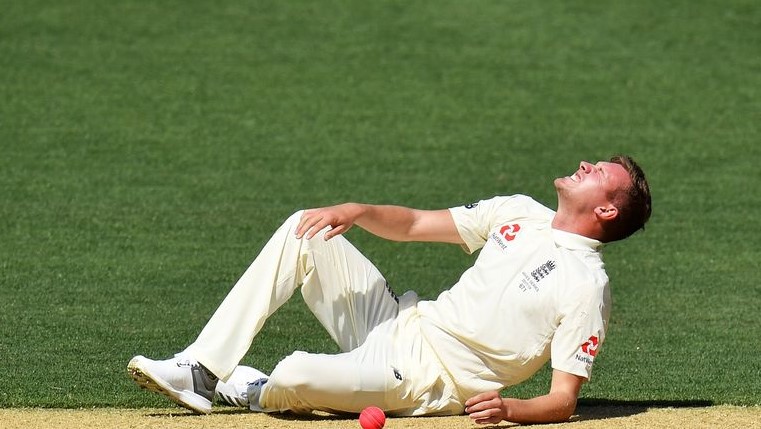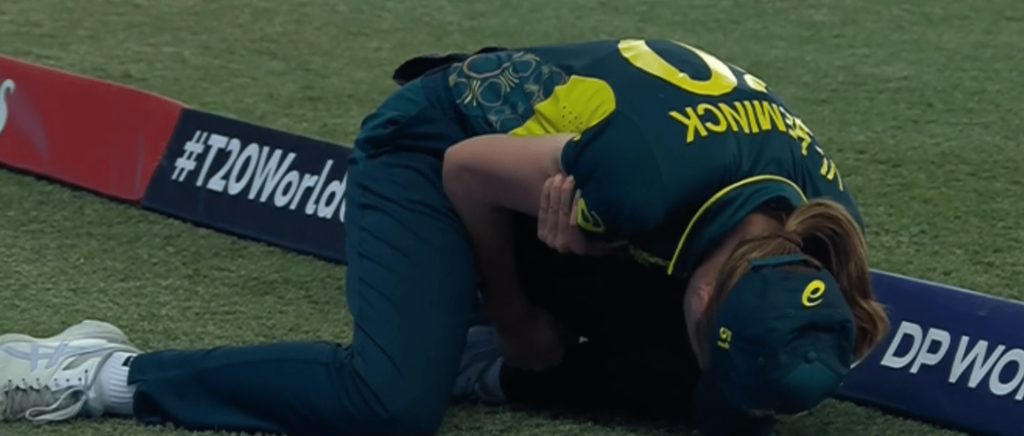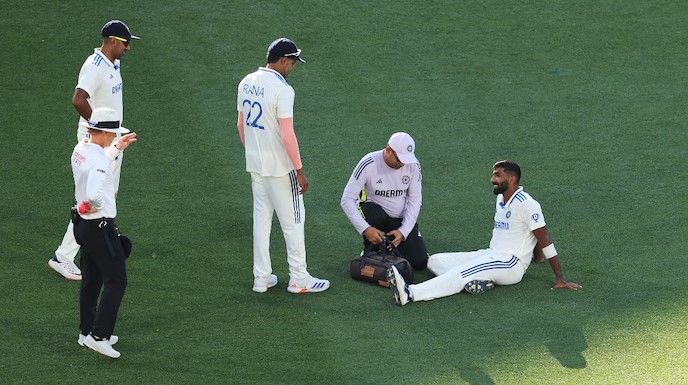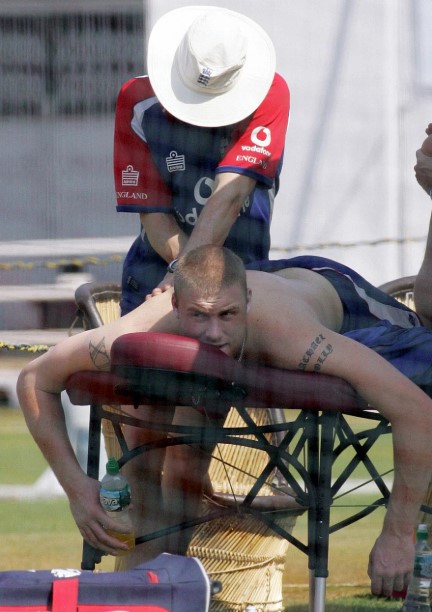Injured: Cricket is a sport of immense skill, strategy, and endurance. The dynamics of the game can change rapidly depending on various factors, including the condition of the players. One such scenario that can significantly affect the flow of a match is when a bowler gets injured during an over.
Given the importance of the bowler’s role in both restricting runs and taking wickets, the outcome of the game may be impacted when an injury occurs. In this article, we’ll delve into the rules surrounding this situation, exploring what happens when a bowler is injured mid-over, how the game continues, and the strategies teams may employ in these circumstances.
The Role Of A Bowler

Before discussing the implications of a bowler’s injury, it’s important to understand the bowler’s role in the game. In cricket, a bowler is responsible for delivering the ball to the batter in an attempt to dismiss them and restrict the opposition’s runs. An over consists of six legal deliveries, and a bowler is typically expected to bowl a full over unless there are mitigating circumstances. Injuries to a bowler during the course of an over can disrupt the rhythm of the game and force the captain and team management to make quick decisions.
What Happens When A Bowler Is Injured Mid-Over?
Cricket’s laws are structured to ensure fairness, but they also account for situations where the game must adapt to unforeseen events, such as injuries. According to the International Cricket Council (ICC) regulations, if a bowler is injured during an over, certain provisions are put into place.
Here’s a breakdown of what happens when a bowler is injured during an over:
1. Injury During Delivery
If the bowler is injured while delivering the ball (for example, pulling a muscle or suffering an accident during the action of bowling), the umpire can call a break in play. Typically, the over is not counted as complete if the bowler is unable to continue after the first delivery.
In this case, the bowling team can either:
Replace the bowler with another player who will complete the over (the substitute bowler must be within the team’s squad).
Pause the over and resume with a new bowler in the next over.
2. Injury After Delivering Some Balls

If the bowler delivers part of an over but is injured and cannot continue, the team has the option of substituting the bowler for the remainder of the over. For example, if a bowler manages to bowl three deliveries but is then forced to leave due to injury, the team can bring in another bowler to finish the over.
Here’s how this might look:
- Bowler 1 bowls 3 deliveries and is injured.
- Bowler 2 comes in to complete the remaining 3 deliveries of the over.
It’s crucial to note that the over count remains the same. If the bowler had bowled three deliveries, only three are counted as bowled, and a fresh bowler is substituted to finish the remaining three balls.
3. Substitute Bowler
If the injured bowler cannot complete the over and has to leave the field, a substitute fielder (as per cricket’s Laws) may take the field in place of the injured player. The substitute fielder can act as a stand-in for the injured player, but they cannot bowl or bat.
It is important to mention that substitutes for injured players are not automatically allowed to bowl. A substitute must be a part of the squad for the team, and they cannot replace the bowler with a fresh delivery until the over is completed.
However, in the case of a concussion injury (as per the updated concussion rules), a team can replace the injured player with a like-for-like substitute, meaning the substitute can also bowl or bat.
4. Umpire’s Decision
The final decision lies with the umpires. The umpires will assess the situation based on the severity of the injury. They have the authority to decide if the bowler can continue, and if they cannot, they will allow the captain to replace the bowler with another player. The injured bowler will be allowed to return to the match later if they recover, but they will be substituted in the interim.
Key Factors In Play

A. Legality of Substitutes
One of the most critical components of replacing an injured bowler is ensuring that the substitute player is a part of the team’s official squad. The Laws of Cricket do not permit a team to bring in an entirely new player who is not on the team sheet. Furthermore, the substitute player is typically not permitted to bowl unless specific conditions (like concussion replacements) apply.
B. Over Count
An over can only be completed if the bowler who started the over finishes it. Therefore, when an injury forces a bowler to leave the field before the over’s completion, the bowler replacing them will continue from where the injured bowler left off. The over count remains intact, and no extra balls are bowled.
C. Concussion Protocols
A more recent rule change, influenced by the growing focus on player safety, particularly head injuries, involves the replacement of a player suffering from a concussion. If a bowler suffers a concussion injury during play, they may be replaced by a like-for-like player, including someone who can bowl in their place. This is a significant shift from the traditional rules, ensuring the safety and well-being of players.
Example Scenarios
Here are a couple of scenarios that may occur during a game when a bowler is injured during an over:
| Scenario | What Happens |
|---|---|
| Bowler injured on 1st ball of an over | The over is not counted. A new bowler comes in to complete the over. |
| Bowler injured on 2nd ball of an over | The bowler’s injury is treated, and a substitute comes in to complete the over from where it was left off. |
| Bowler injured after completing part of the over (e.g., 3 balls) | A new bowler completes the remaining 3 balls of the over. The over is counted as complete after 6 balls. |
| Bowler suffers concussion injury | If the bowler suffers a concussion, a like-for-like substitute may bowl in their place as per the updated concussion protocols. |
Impact On The Game

Injuries can have a significant impact on the flow of the game. A bowler being forced to leave mid-over can change the momentum, particularly if the bowler was in the middle of a good spell. It could also lead to an increased workload for other bowlers, leading to fatigue later in the game. Teams must be prepared for such eventualities by ensuring they have a deep and capable bowling lineup that can handle injuries mid-match.
Injuries are an unfortunate but inevitable part of cricket. The rules governing a bowler’s injury during an over ensure that the game remains fair, while allowing flexibility for teams to adjust. Understanding these rules helps players, officials, and fans alike appreciate the resilience and adaptability required in the face of such disruptions. Ultimately, it is up to the team, captain, and umpires to make the best decisions to ensure that the game continues smoothly while prioritizing player safety.
